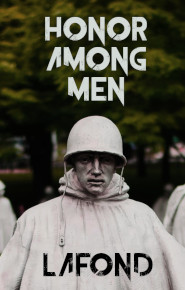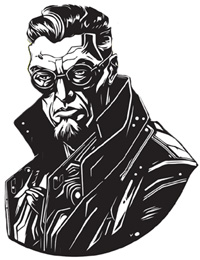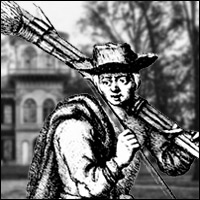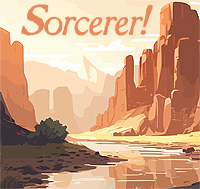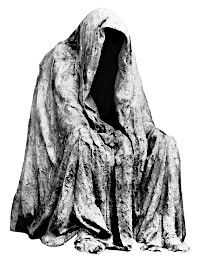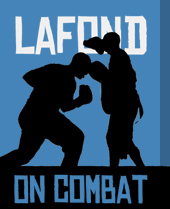Once again we have a thrusting sword versus a slashing and thrusting sword, with neither side seeming to understand the problem they’d face from the other. The Ming experts—and their entire martial style—does not seem to account for the thrusting sword, with their thrust happening at half the range of the rapier thrust. Why didn’t they employ a shield? If the doa was used with a shield the rapier and dagger would be in a bad straight. Interestingly, the real musketeers faces a number of doa like swords, such as hangers, sabers and cutlasses, and also faced shields [similar to Ming shields] used by Spanish swordsmen in the feared Spanish Terico, regimental formation. They had that shield laid out on the table and didn’t use it?
The testing staff experts do not seem to understand hand weapon ranging—and miss this point across the various episodes—and the fact that the rapier strikes from beyond doa range and that moving quickly with a slashing sword against a low [slow] commitment thrusting weapon is often a way to impale yourself. [1] I am inclined to believe that these experts matched against each other would result in a Musketeer slaughter of the Ming, but that the actual historical players would be better matched.
Modern dao swordsmanship is a completely noncontact form, where modern rapier dueling is still full contact. The doa demonstration should have been an attack in echelon, with the swordsman pass-cutting and side-thrusting the first target and then triple cutting the second from an off-beat approach.
The wheellock pistol was used by cavalry of the early musketeer period after the knights had been driven off the battlefield by artillery. [It was not crossbows or muskets, but artillery, mowing down entire lanes of knights—like shooting a row of tomato sauce cans with a 30/30.] This weapon would be wielded two at a time in the caracole maneuver in which the horsemen, armored like musketeers, would ride at the enemy in a line and veer off at 20 yards, discharging their weapons and returning to the back of the looping formation. There would be up to six of these pistols to a rider, meaning the unit had a brief life before it had to be retired to reload or used as saber men for shock action or pursuit. This was a very expensive cavalry type and did not last long.
At the beginning of the musketeer period, during the Thirty Years War, musketeers operated alongside columns of pike men who would guard them against cavalry counter attacks while they fired. Keep in mind that that heavy musket with the stand was really a light artillery piece. Infantry formations of this period were intricate combined arms units of four types, pike men, musketeers, halberders and swordsmen with rounded steel shields.
By the end of the museketeer period [1770] they had shed the breast plate, carried a lighter musket with no stand, had discarded the dagger and sword for a small sword, and specialized in breaking enemy morale. Pistols would have been used primarily as personal protection weapons while off duty or for duels, as the pistol duel was then coming into vogue. By this time they were grenadiers, with counterparts in other armies, with the high point of their service having passed around 1710.
The broadsword work by the Wushu man was very sloppy, and, as with his hand work on the dummy, shows a propensity for standing in the pocket and flailing way. Notice him slipping in the blood because his feet are too close to the target. Note the hand and foot work of the older Chinese expert on the dummy. A Ming warrior would have moved more like him, ranging in and out rather than spinning around.
I am better with slashing than thrusting blades, but I must say, I would not want to take a doa against a rapier. Against a rapier and dagger it is suicide. With a sword like the doa, passing slashes and shifting foot work are at a premium. While I believe they were once used like that, the art seems to have been cosmetically eroded via forms competition.
An aspect of this episode which is instructive is the greater variety of gunpowder weapons at the earlier [Ming] stage. This was even more pronounced in Europe, where you had gunpowder weapons such as boards of rope-pulled muskets, making a giant shotgun or machine gun, repeating weapons and eventually, a generation before the inception of the musketeers as a unit, the Hell Burner of Antwerp, a bomb ship designed by Dutch clock makers that blew a Spanish causeway and a battalion of Spaniards into atoms. [2] The Swedish army of the early musketeer period [1618-48] even used leather cannons!
But, as with the transition from the carbine, rifle and sub-machinegun of WWII and Korea, to the assault rifle of the following period, standardization became the rule in warfare by the end of the musketeer period. Incidentally, the dueling death statistics quoted by the French expert was correct. The Kings of France did lose around 40,000 officers to duels [this would be like having Joe Stalin as your quartermaster general] over a century and a half, which was one reason why the King of England outlawed dueling and set up a boxing ring in London.
I quite enjoyed this episode, and noted the good sportsmanship of the longhaired Frenchmen and the elder Chinese expert.
Notes
1. This is like comparing Lavian Bell, the wizardly running back of the Pittsburg Steelers, with a fullback who relies on getting up speed and ploughing through the line. Bell prances and then dashes, catching openings on the half-beat, where most backs just barge into a wall of muscle and get stopped for half of Bell’s average yardage. This concept is better understood by non-Americans because of their knowledge of soccer, another sport that favors prance and dash foot work to charging, aiming for a half- beat game, not a full-beat one.
2.
Books by James LaFond



